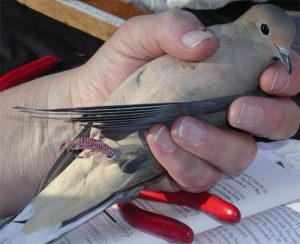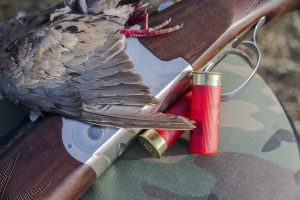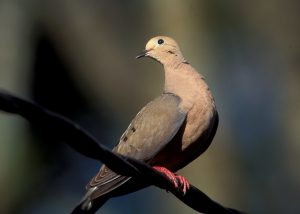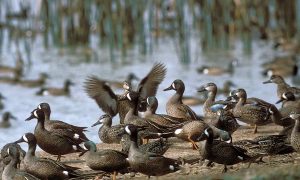Dove Banding
Friday, August 31st, 2018This is Passport to Texas
Among the methods Texas Parks and Wildlife and the Fish & Wildlife Service use to collect data on mourning doves is banding.
Banding is an incredible resource. It’s been around a long time. Originally it was a way to mark birds and see if those same birds came back to an area.
But that’s not how Texas Parks and Wildlife uses banding today, says Owen Fitzsimmons, Texas Parks and Wildlife’s web-less migratory game bird leader.
We can band a certain portion of the population; we can determine where they’re harvested, harvest ratios. We can look at age ratios, because when we band these birds when we capture them, we can age them, we can sex them, and we can determine some population demographic information.
All that information goes into the adaptive harvest management plan. If you harvest a banded dove this season—report it.
Yeah, it is critical that people do report that. So, when you are out dove hunting and you do harvest your birds, take a real close look at the legs, because they have small legs—these bands are small—and a lot of times people just miss them. You get to keep the band. The USGS bird banding lab will send you a certificate or email saying where the bird was banded and who banded it. And hopefully, everyone that does harvest a bird with a band will report it.
Report your banded dove at reportband.gov.
The Wildlife Restoration program supports our series and funds Mourning Dove Density, Distribution, and Harvest surveys in Texas.
For Texas Parks and Wildlife, I’m Cecilia Nasti.







 Passport to Texas is a
Passport to Texas is a  Passport to Texas is made available by:
Passport to Texas is made available by: